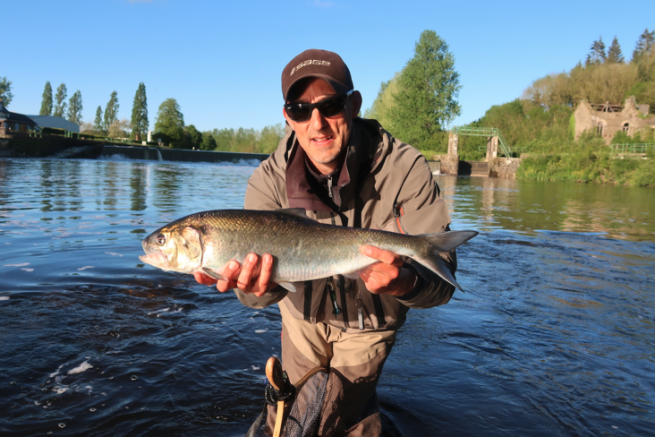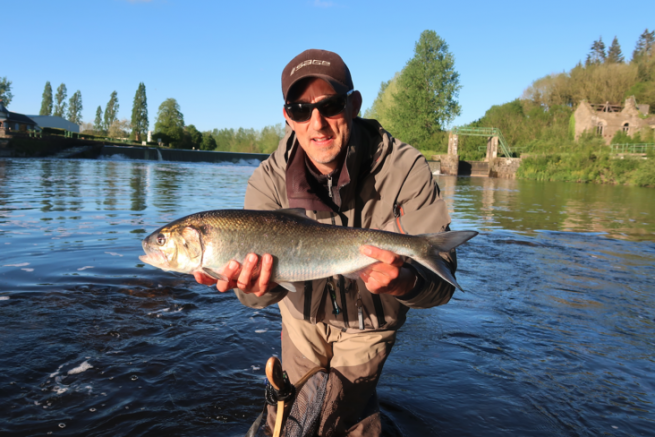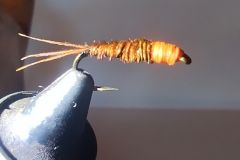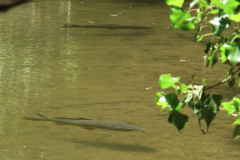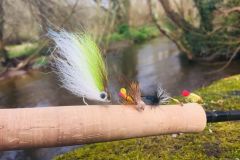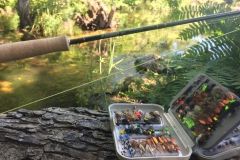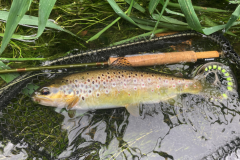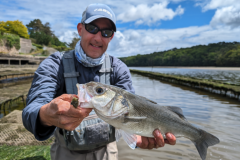From mid-April, an amphihalin migratory species often neglected by the French fly fisherman returns to the river to complete its life cycle and perpetuate the species, the shad.
A complex cycle
From the same family as herring and sardines (clupeidae), shad move in schools and arrive on our coasts in successive waves. After a period of 2 to 7 years at sea (continental shelf) during which it will actively feed on sprats, sardines, atherines and other small fishes concerning the feint shad, and smaller preys for the great shad (zooplankton and alevins), before going back to fresh water to reproduce.
Great shad, alosa alosa present especially in Brittany and Normandy, can reach nearly 4 kg for more than 70 cm. Its small cousin, the shad, is also present, alosa fallax, of lesser size and weight (35 to 50 cm for 1 to 2 kg) go upstream in the rivers of the Atlantic coast. In the Mediterranean, it is the brown shad, called the Rhone brown shad, alosa fallax rhodanensis a subspecies, which goes up the rivers around the Mediterranean and in Corsica.
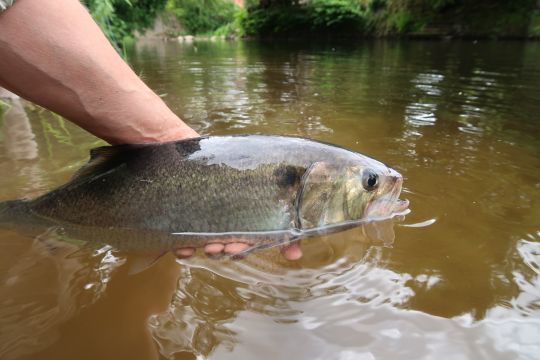
As soon as the temperature is sufficient, the very characteristic reproduction, in the form of bull (circular movement on the surface) can start. Each female performs several layings with various males (of smaller sizes) in order to ensure her offspring and a better genetic mixing.
Shortly after spawning, the spawners (of large shad) almost all succumb to this frolic. The shad can reproduce 5 to 8 times during its life and can lay 5 to 10 eggs during the same migration.
The corpses of large shad drift with the currents and are deposited on the bottom, to then decompose and constitute a contribution of organic matter which will enrich the environment in which the juvenile shad, the alosons will begin their feeding, before joining the ocean where their growth will be very fast.
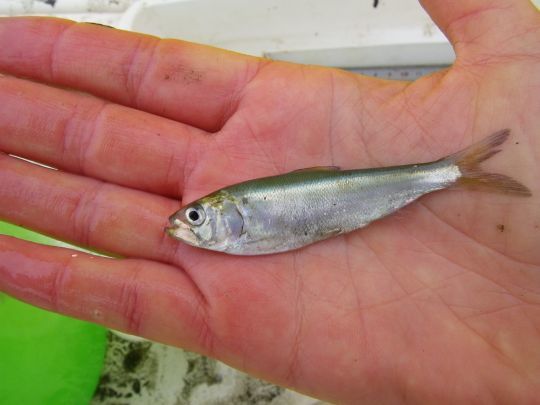
Their fishing
During their ascent, they are slowed down or even blocked downstream of impassable weirs or dams. It is there that fishermen wait for them to try to seduce them with their colored and shiny flies and lures.
Like salmon and sea trout, shad do not feed. Very aggressive, it defends its territory and attacks what passes within its reach.
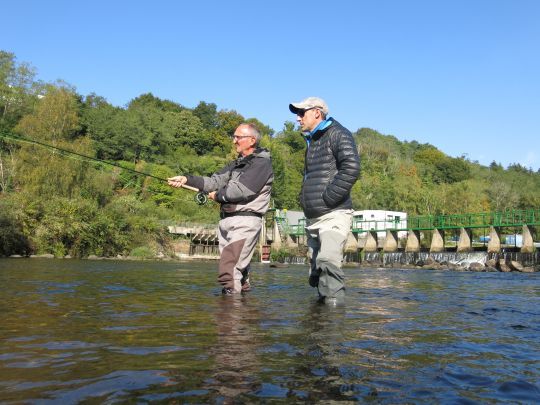
A very interesting fishing which consists in finding their holding in a first time, then to pass to the good speed and good depth. The touch is very violent and it is necessary to strike immediately. The stalls are numerous because of their very hard cartilaginous mouth. The fights are often powerful and sometimes acrobatic. A real treat for the angler.

 /
/ 